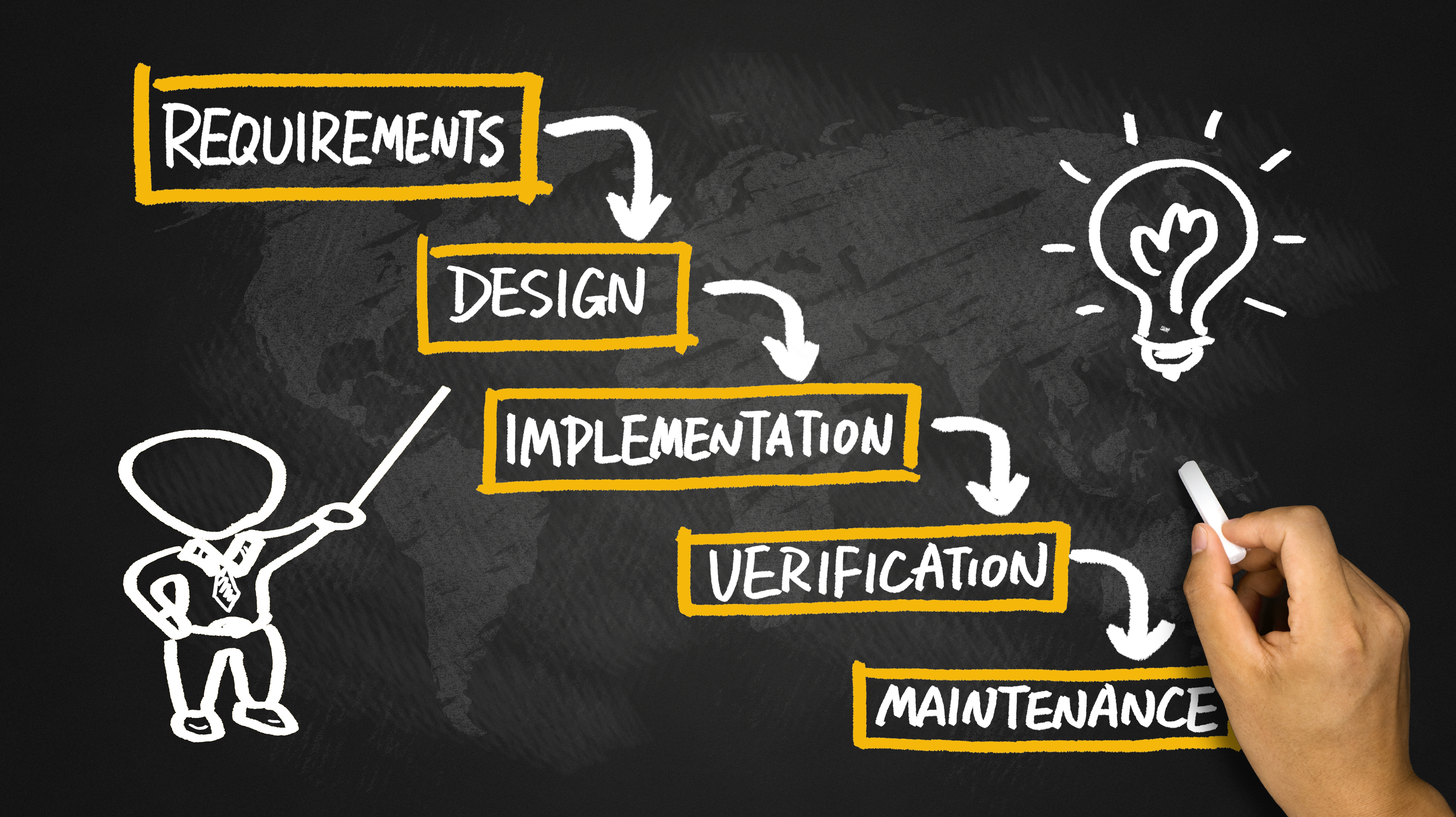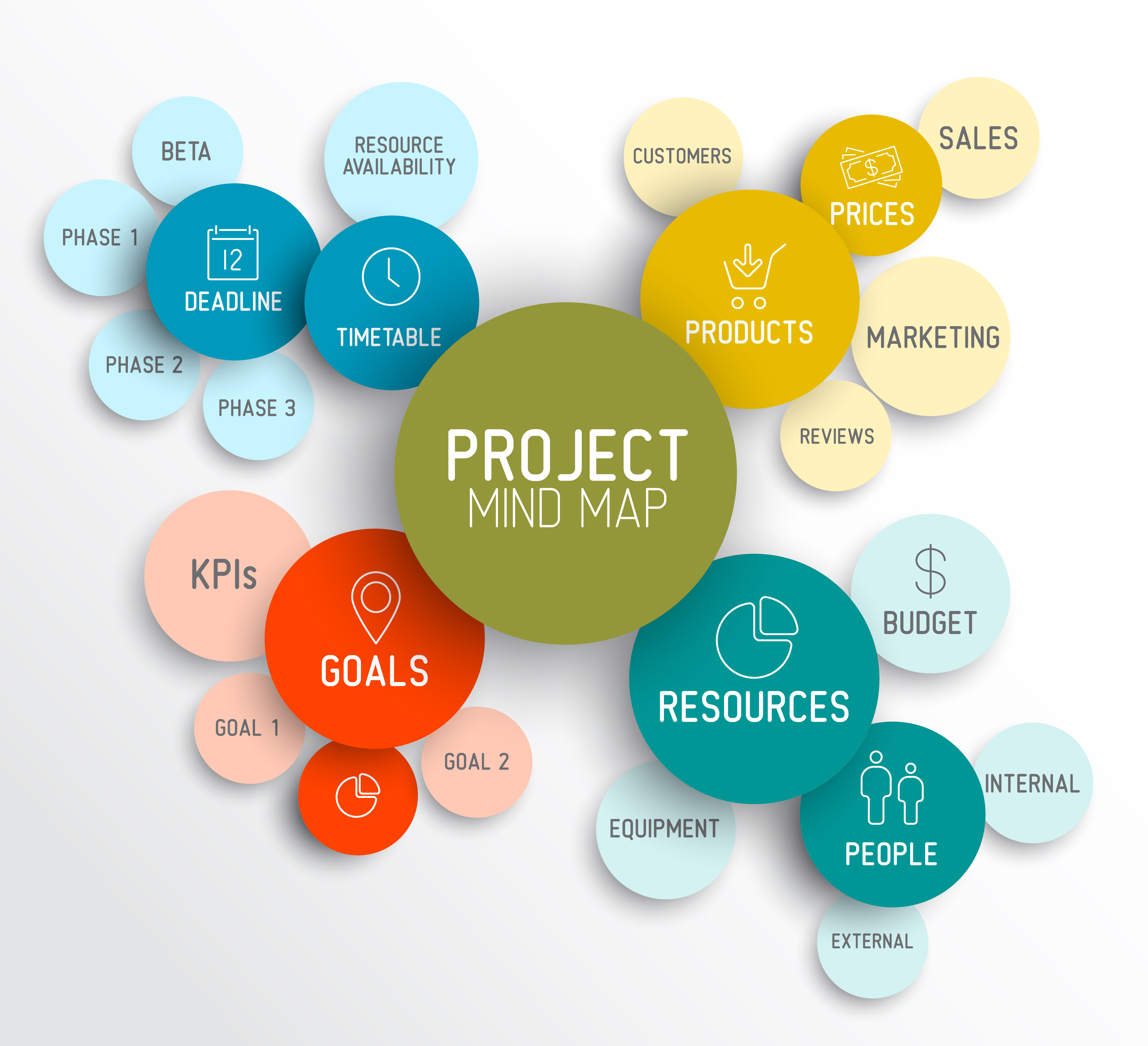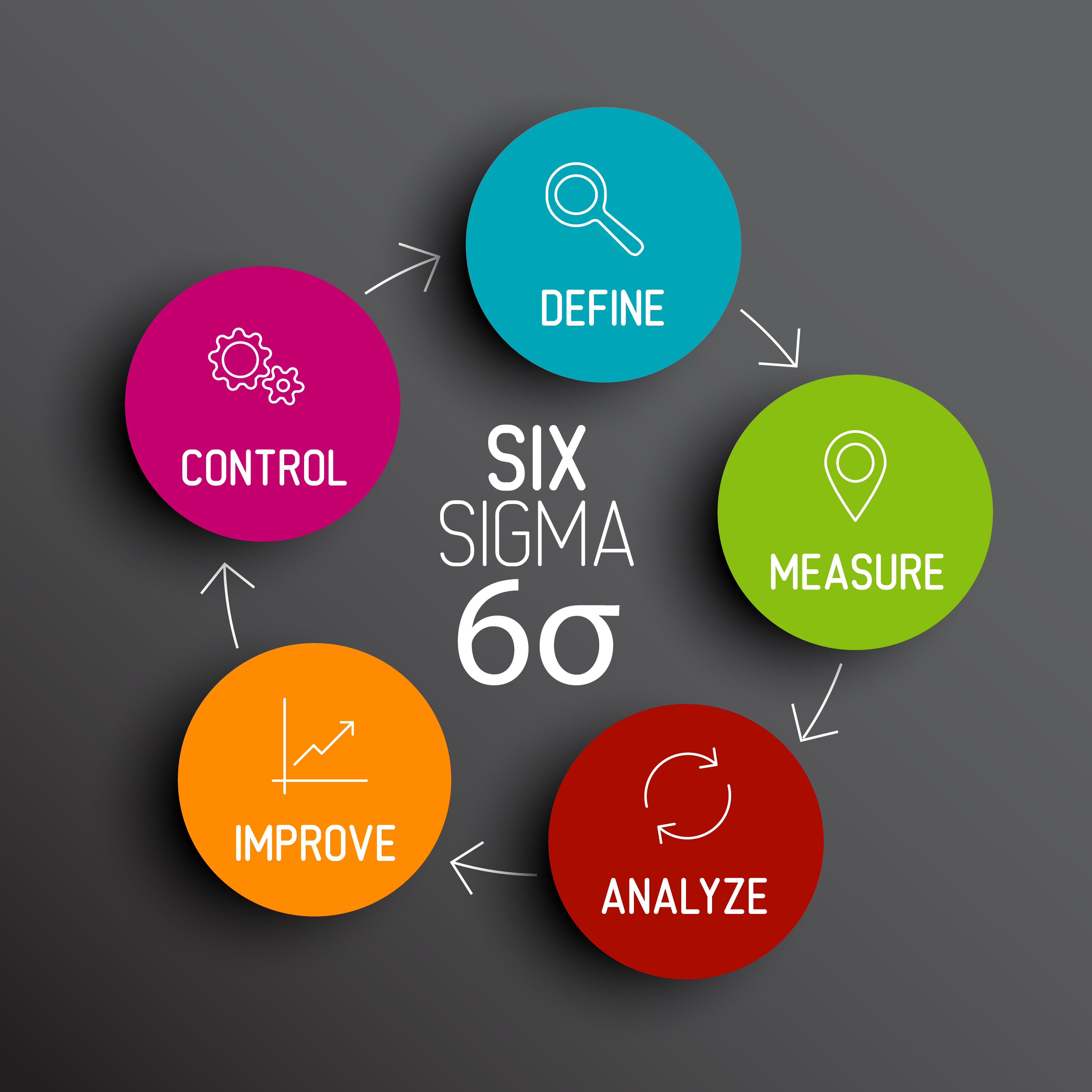 Agile has been a popular project management methodology (especially around software projects) over the last decade, leading many to ask whether or not Waterfall is dead. After all, it’s been around for ages, and all the cool kids are using agile, right? Truthfully, no. Waterfall is still being used by companies worldwide.
Agile has been a popular project management methodology (especially around software projects) over the last decade, leading many to ask whether or not Waterfall is dead. After all, it’s been around for ages, and all the cool kids are using agile, right? Truthfully, no. Waterfall is still being used by companies worldwide.
Waterfall has a host of benefits over Agile. First, it doesn’t require as much customer interaction. Once the requirements phase is complete, the customer is pretty much hands off, except for regular status reports. Many customers see this as a huge plus; they simply don’t want to be involved with each step of development. For the team, less customer involvement generally means less change orders during the development phase. This is beneficial to maintaining work flow.
With waterfall, planning and metrics are easily measured. They’re set out before the project begins. With agile, goals may be revised throughout the project, and that’s just not workable for some teams. The waterfall system encourages focus, with different components of the team working together at predictable times.
An interesting historical note: while the term “agile” was developed in 2001, the framework for the system has been in use since 1957. It’s a very well respected method of software development product management, but in many ways, waterfall can be superior.
Overall, the waterfall system of project management gives teams the chance to develop within their own comfort zones; this can really be effective in building long term team continuity. Since there’s no stress of customer interaction in the middle of your project, everyone knows ahead of time what is expected of them. Having clear expectations makes it much easier for some personalities to excel. Which style of project management is right for your team? As always I will say it depends upon your group and what works today may not work for your next project. Flexibility is key here – don’t get stuck in a rut or feel you must go with the new flow.
Danielle VanZorn, PMP, SPHR



